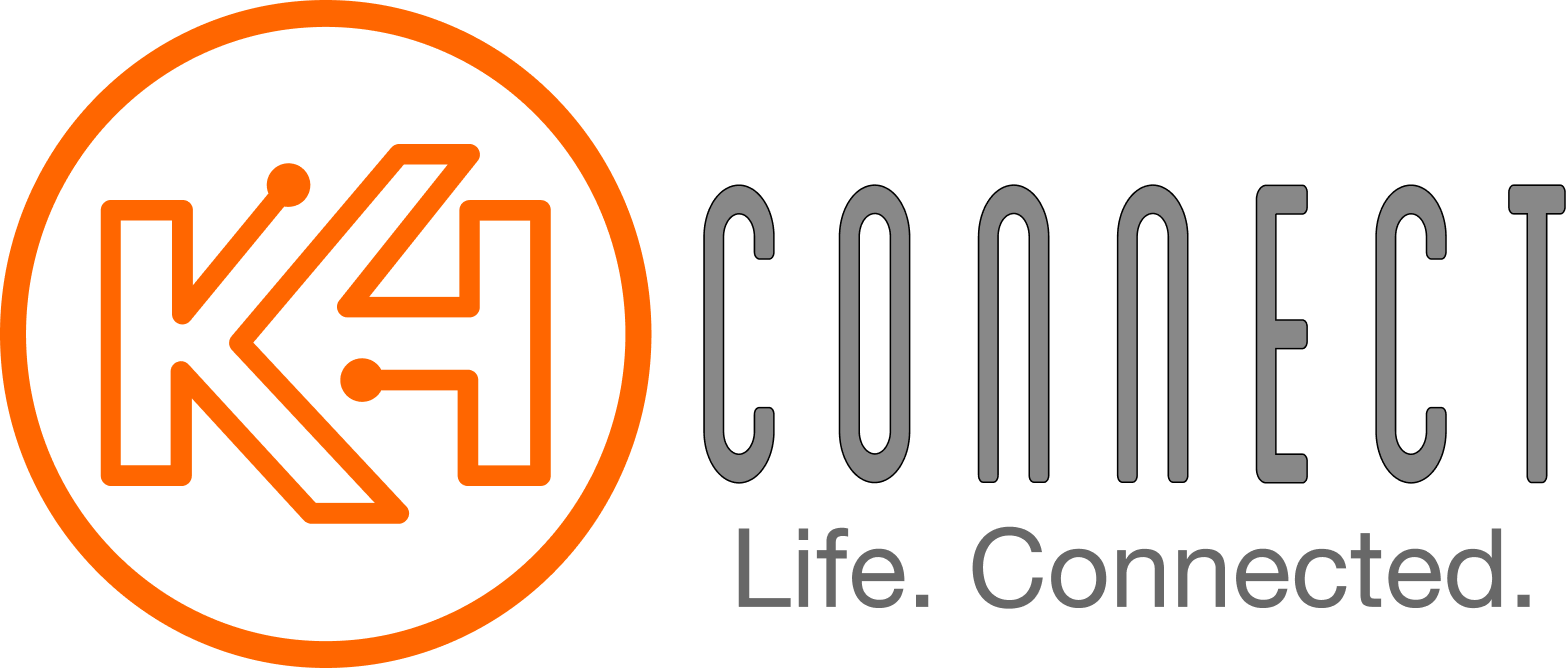Technology has proven to be a dependable, multifaceted solution for many of the challenges senior living communities and residents are facing during this new normal. Here’s how that technology adoption is making their lives simpler, happier and healthier.
By: Ian Sanders, K4Connect
November 5, 2020
COVID has turned the world upside down, and older adults living in senior living communities have been hit especially hard. Senior living and retirement communities are home to millions of U.S. older adults, and the impacts of COVID on day-to-day life has had far reaching implications for community residents as much of their days consist of group activities, dining experiences and community-wide social events and services. As these communities restricted visitation and tightened up quarantine safety measures, it revealed a massive opportunity for technology to build bridges to maintain family connections, provide engaging in-home experiences and most importantly, ensure residents stayed informed on critical information as they remained safe in their homes.
The following are five types of technologies rising in value and priority during the pandemic and beyond.
Smart Mobile Devices & Applications – Staying Informed
With more 80% of people aged 70-79 now owning a smartphone, personal smart mobile devices are undoubtedly on the rise for older adults. For residents of senior living communities, mobile applications that can be accessed via smartphone or tablet were lifelines of consistent and dependable information. Community staff can instantly reach residents in their homes (or wherever they are) to share updates on visitation policies, COVID safety information, daily meal deliveries and more, all accessible through an intuitive interface.
Video Communication – Maintaining Family Connections
 Video chat and conferencing saw a massive boom — “Zoom” is now a global household name. Community residents depend on visits from family and loved ones and as communities went on safety lockdown, these visits were halted entirely. Residents and community staff turned to video calling to keep these connections through native smartphone apps like FaceTime, or community-provided resources for residents without access to these devices by scheduling Video Chat Cafes with family members using tools like Zoom and Facebook Messenger Video on community (sanitized) devices.
Video chat and conferencing saw a massive boom — “Zoom” is now a global household name. Community residents depend on visits from family and loved ones and as communities went on safety lockdown, these visits were halted entirely. Residents and community staff turned to video calling to keep these connections through native smartphone apps like FaceTime, or community-provided resources for residents without access to these devices by scheduling Video Chat Cafes with family members using tools like Zoom and Facebook Messenger Video on community (sanitized) devices.
Video conferencing also enabled residents to maintain ties with each other as social clubs and Town Hall meetings moved to a virtual group setting.
Digital Content – Mitigating Social Isolation & Staying Engaged
 During the pandemic social isolation was reported as a top concern for 30% of nursing home residents – prolonged isolation has even been tied to serious health concerns, compared to the damage of smoking 15 cigarettes a day. Staying engaged and active while in isolation is crucial and senior living communities have used a variety of tech-based tools to reach residents in their homes during quarantine to provide this.
During the pandemic social isolation was reported as a top concern for 30% of nursing home residents – prolonged isolation has even been tied to serious health concerns, compared to the damage of smoking 15 cigarettes a day. Staying engaged and active while in isolation is crucial and senior living communities have used a variety of tech-based tools to reach residents in their homes during quarantine to provide this.
Digital content and channels to get that content to residents is essential. Typical in-person community programming like group fitness, game nights and spiritual services turned to a virtual format with YouTube live streaming on community apps and personal resident TVs (via a community-managed TV channel). Residents have nearly endless content at their fingertips to take them outside of the room and on a virtual hike in the Andes, tour a museum in Paris or take part in weekly movie nights provided by the community.
Voice Technology – Increasing Accessibility
“Alexa, what are today’s virtual events?” Voice technology is increasingly popular for people of all ages, but for older adults it provides real utility. During quarantine, voice assistants like Amazon’s Alexa brought a new level of accessibility to senior living residents – simply using their voice to ask Alexa for important community information, play a trivia game or their favorite music, available 24/7. Technology providers have also enterprise-configured community-specific skills so residents can instantly dial front desk staff, call a COVID information hotline and even control smart home-equipped devices in their homes. This is especially valuable for residents living with visual or mobility impairments.
Smart Home Automation – Fostering Independence
Smart homes are no longer a thing of the future, and home automation is making its way into senior residential communities. It’s more than an amenity, automating daily utilities like lightning and temperature by touch (mobile application), remote or even voice, enables a resident to live more independently and safely. Lights automatically illuminate pathways as they rise out of bed at night or thermostats cooling during sleep hours allow residents to control their homes to their comfort without needing to call on staff. Communities are even leveraging motion-sensing smart home devices to ensure daily resident well-being without requiring PPE or in-person safety checks through a tool called Resident Check-In.
Ultimately, technology will not be the answer to all that senior living communities are managing as this pandemic continues, but it has proven to be a dependable solution for many of the challenges brought on by this new normal. As Boomers begin to enter this market, it is exciting to see this industry absorb the trending consumer technologies and smart devices that will meet the unique needs and interests of these next-generation residents. From predictive health to assistive robots, there is so much more on the horizon in terms of innovation – boomers who are considering a future care community are entering a world of exciting transformation.
About Ian Sanders
Ian Sanders is VP of Business Development of K4Connect. With over 12 years of experience in innovation for older adults Ian brings a wealth of expertise, with a focus on IoT solutions that create responsive and independent living environments. At K4Connect, Ian leads the organization’s integration and partnership strategy, bringing the best in technology tools and services to thousands of residents in hundreds of communities the company serves across the nation.
Ian received degrees in Political Science and Entrepreneurship from the University of North Carolina at Chapel Hill, and is currently based in Raleigh, NC.

